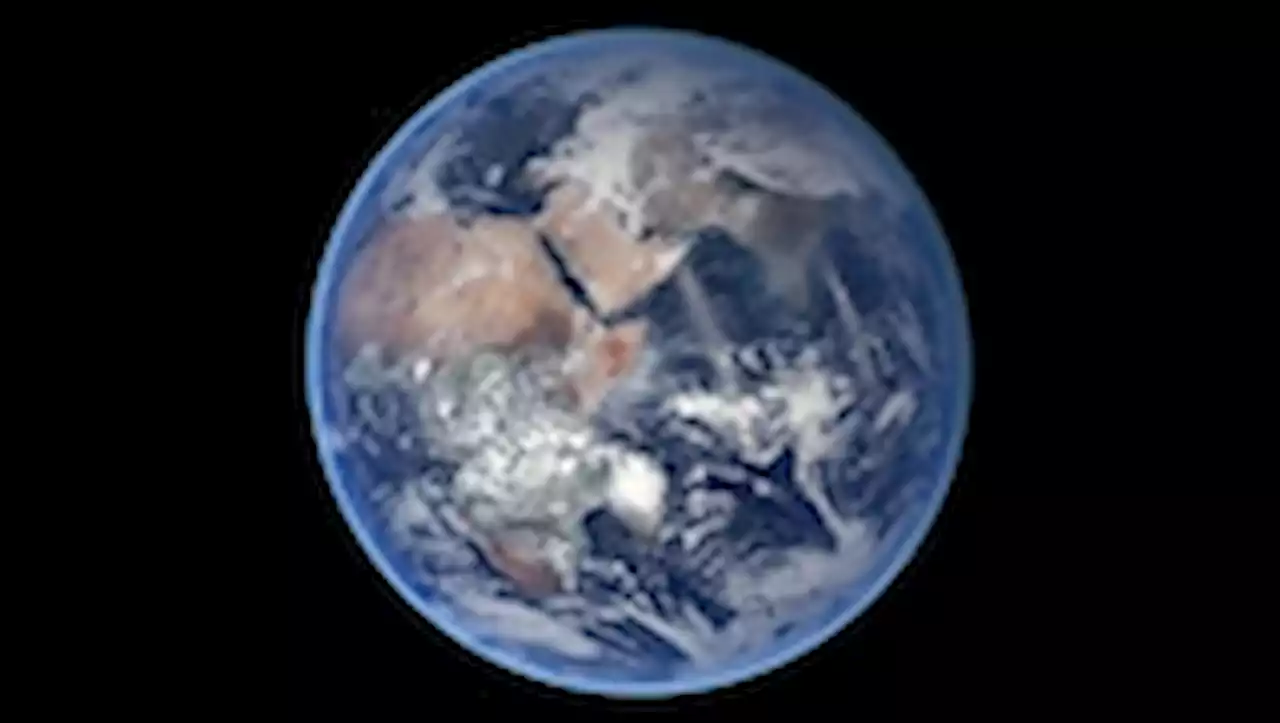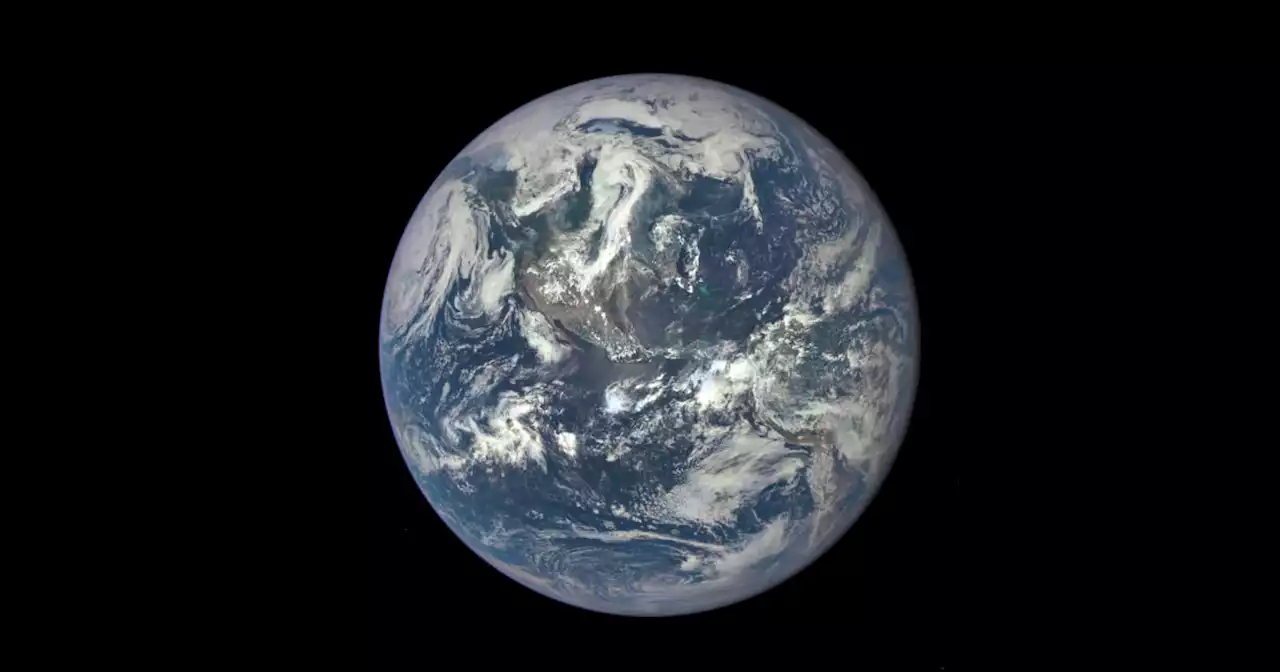Scientists have apparently solved one of the ocean moon's many mysteries.
This led them to conclude that as the moon — which possesses an icy shell that is the most reflective surface in the solar system — orbits Saturn, the gas giant's gravitational influence creates tidal forces that squash and squeeze its core. This deformation generates friction that heats the bottom of Enceladus' global ocean, in turn creating strong currents that can carry silica from the ocean floor toward the surface.
"Our research shows that these flows are strong enough to pick up materials from the seafloor and bring them to the ice shell that separates the ocean from the vacuum of space," Schoenfeld."The tiger-stripe fractures that cut through the ice shell into this subsurface ocean can act as direct conduits for captured materials to be flung into space. Enceladus is giving us free samples of what's hidden deep below.
The findings reached by Schoenfeld and the team also give a viable timeframe over which particles are launched into space, as well as a mechanism that explains why plumes contain silica. It also helps explain how other materials are carried to the icy moon's surface. "Our model provides further support to the idea that convective turbulence in the ocean efficiently transports vital nutrients from the seafloor to ice shell," study coauthor Emily Hawkins, an assistant professor of physics at Loyola Marymount University, said in the same statement.
United States Latest News, United States Headlines
Similar News:You can also read news stories similar to this one that we have collected from other news sources.
 Electronics Breakthrough: Scientists Generate Shortest Electron Burst YetHave you ever wondered why your computer and other electronic devices sometimes perform quickly and other times slowly? It all boils down to the speed at which electrons, the smallest particles in our microcosm, flow out from the tiny leads within the transistors of electronic microchips and create
Electronics Breakthrough: Scientists Generate Shortest Electron Burst YetHave you ever wondered why your computer and other electronic devices sometimes perform quickly and other times slowly? It all boils down to the speed at which electrons, the smallest particles in our microcosm, flow out from the tiny leads within the transistors of electronic microchips and create
Read more »
 After uproar, society backpedals from actions against scientists who staged climate protest at meetingAfter an uproar, the American Geophysical Union has backpedaled from actions against scientists who staged a climate protest at their meeting in December.
After uproar, society backpedals from actions against scientists who staged climate protest at meetingAfter an uproar, the American Geophysical Union has backpedaled from actions against scientists who staged a climate protest at their meeting in December.
Read more »
 Scientists have discovered a new core at the center of the EarthA pair of seismologists documented new evidence of a fifth layer: a 400-mile thick solid metallic ball at the center of Earth’s inner core — like the smallest figurine of a massive, planetary Russian nesting doll set.
Scientists have discovered a new core at the center of the EarthA pair of seismologists documented new evidence of a fifth layer: a 400-mile thick solid metallic ball at the center of Earth’s inner core — like the smallest figurine of a massive, planetary Russian nesting doll set.
Read more »
 Scientists find evidence of a new layer at the Earth's inner core | EngadgetScientists have found signs that Earth has another layer — a metal ball inside the inner core..
Scientists find evidence of a new layer at the Earth's inner core | EngadgetScientists have found signs that Earth has another layer — a metal ball inside the inner core..
Read more »
 Scientists discover core deep inside Earth — a solid ball of iron and nickelA study of Earth’s deep interior, based on the behavior of seismic waves from earthquakes, confirmed the existence of a distinct structure inside our planet’s inner core — a wickedly hot solid ball of iron and nickel about 800 miles wide, researchers say.
Scientists discover core deep inside Earth — a solid ball of iron and nickelA study of Earth’s deep interior, based on the behavior of seismic waves from earthquakes, confirmed the existence of a distinct structure inside our planet’s inner core — a wickedly hot solid ball of iron and nickel about 800 miles wide, researchers say.
Read more »
 Mice choose sex over food, scientists uncover the reasons whyTo understand whether sex or food takes precedence in mice, researchers studied neurons within the lateral hypothalamus of the animals.
Mice choose sex over food, scientists uncover the reasons whyTo understand whether sex or food takes precedence in mice, researchers studied neurons within the lateral hypothalamus of the animals.
Read more »
